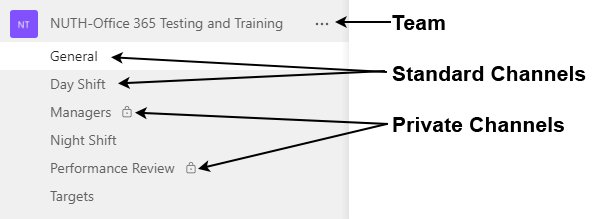

If this parameter is present, the request will count as two “messages” for the purposes of billing. A comma separated list of attributes which should be returned for each unique channel triggered to. ∞ Request ParameterĪrray of one or more channel names - limited to 100 channelsĬhannel name if publishing to a single channel (can be used instead of channels)Įxcludes the event from being sent to a specific connection (see excluding recipients ) If using the query string, arrays should be sent as channels=channel1&channels=channel2 this is more verbose than the JSON representation. Note: For POST requests we recommend including parameters in the JSON body. Note: a previous version of this resource is now considered deprecated but is detailed here.

If you have a use case which requires a larger messages size please get in touch. If you attempt to POST an event with a larger data parameter you will receive a 413 error code. The event data should not be larger than 10KB. Triggers an event on one or more channels. ∞ POST event (trigger an event) POST /apps//events This is conventionally known as triggering an event. ∞ EventsĪn event consists of a name and data (typically JSON) which may be sent to all subscribers to a particular channel or channels. Other status codes are documented under the appropriate APIs. Body will contain a JSON hash of response dataĪuthentication error: response body will contain an explanationįorbidden: app disabled or over message quota HTTP status codes are used to indicate the success or otherwise of requests. For POST requests, parameters MAY be submitted in the query string, but SHOULD be submitted in the POST body as a JSON hash (while setting Content-Type:application/json ). Parameters MUST be submitted in the query string for GET requests. The API may be accessed via HTTP or HTTPS.Īll requests MUST be authenticated, as described below. The API is hosted at, where CLUSTER is replaced with your own apps cluster (for instance, mt1). Unless you’re writing a library you may wish to consult the server API overview instead. This document lists all API methods, and details the authentication mechanism. Authentication and authorization signatures


 0 kommentar(er)
0 kommentar(er)
